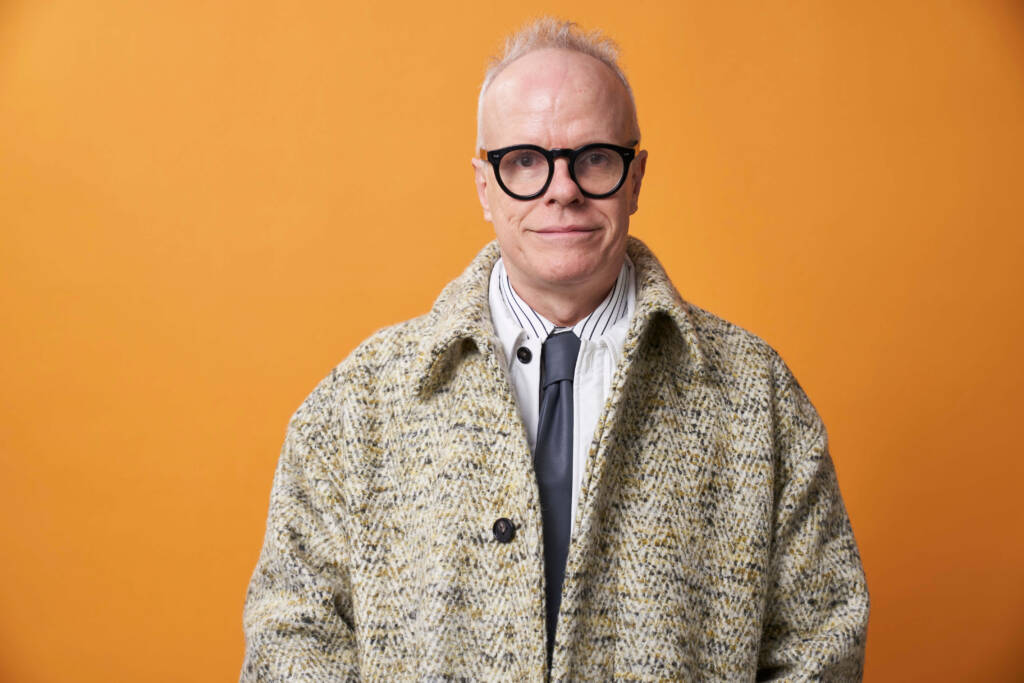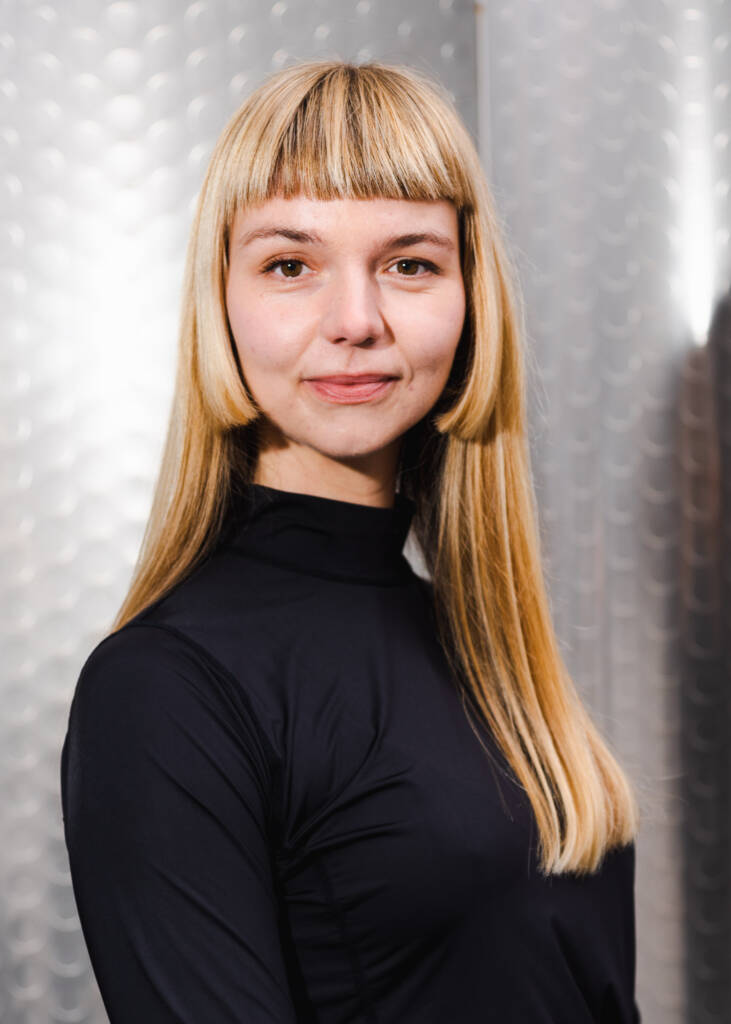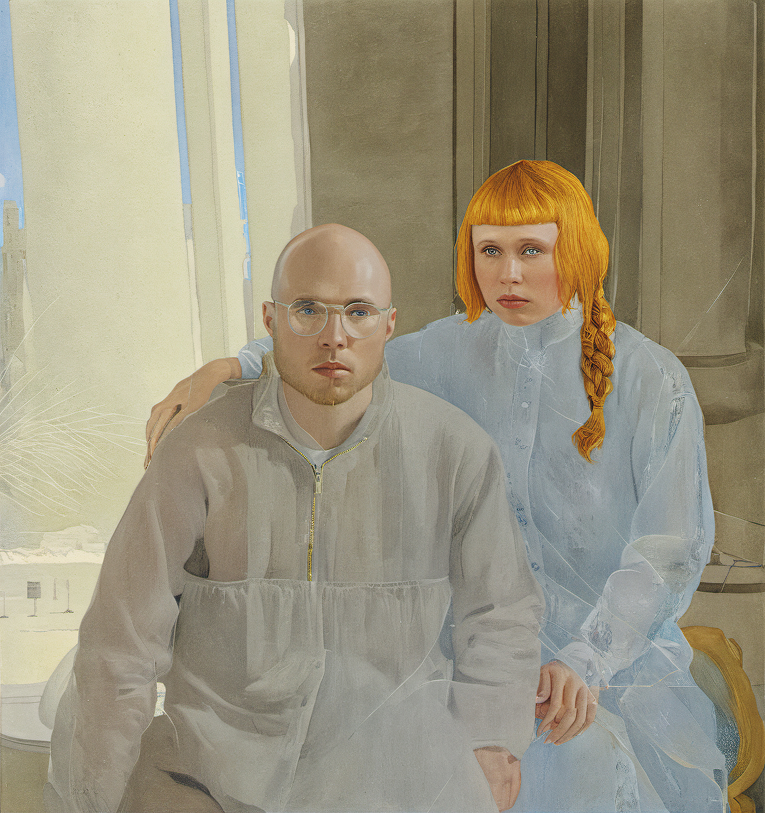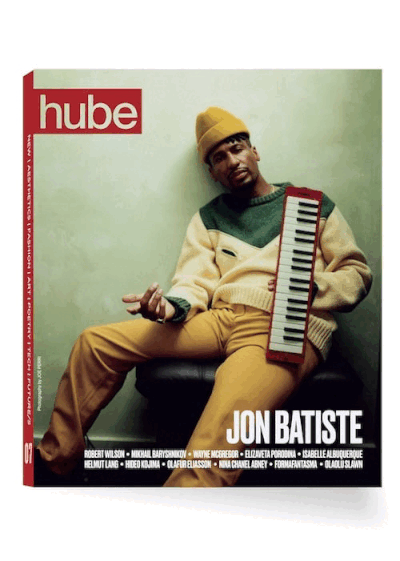
Photography by ELIAS HASSOS
Courtesy of SERPENTINE

Photography by PAUL GORDON
Courtesy of SERPENTINE
The intersection of art and technology is one of the reasons that this magazine exists, and while we might be just five issues in, the relationship between these disciplines is far from new. Today, as Al continues its rapid and uncertain evolution, questions around the impact of new technologies on art and culture-particularly those that relate to ethics, creativity, and copyright-abound.
How might artists and institutions shape these generative algorithms for good, what does consent and collaboration with Al look like, and what does it really mean to be an artist in the Al age? These questions are among those deliberated by the Arts Technologies program of Serpentine, which explores the impact of technology through experimental projects spanning art and research.
Their latest project with artists and technologists Holly Herndon and Mat Dryhurst will be on view at Serpentine North from October 4th, 2024 until February 2nd, 2025. Curated by Eva Jäger, the visionary exhibition is dedicated to vocal datasets, Al models, and data governance frameworks.
We sat down with Herndon, Dryhurst, Jäger, and Serpentine’s inimitable Artistic Director, Hans Urlich Obrist, to discuss the exhibition and the evolving dialogue on Al in art, particularly as it relates to concepts of beauty, consent, collaboration, and the ethical production of culture.
hube: Life is fleeting. Art is created by artists and viewed by people who share this understanding. Could our mortality be the reason we have such a complex relationship with Al? Why do you think people are anxiously monitoring the development of Al, and what role can artists play in the dialogue between humanity and Al?
Holly Herndon: One of the aspects we emphasise in our practice is the training data within the machine learning framework. It serves as an enduring wellspring of potential, offering infinite possibilities, while the model architecture undergoes constant evolution. This interplay between past and present is a provocative concept: through the creation of training data, we propel ourselves into the future, envisioning what we call “Mind Children.” We are deliberate in selecting the media and training data that we transmit to the future, defining the role we, as artists, can play in shaping it.
Mat Dryhurst: The point you raised about mortality touches on a fascinating ongoing test. When discussing this field, most people arbitrarily define the boundaries between humans and inhumans. Consider the Turing test, the definition of which constantly shifts-a concept that aims to determine if a machine meets a human standard. This process serves as a mirror reflecting our beliefs about ourselves and our capabilities, which can be quite anxiety-inducing for many.
We often find a lack of optimistic or respectful interpretations of human potential. We describe the latest advances in machine learning as collective intelligence rather than artificial intelligence. These innovations are monumental human achievements built upon a foundation of human knowledge and accomplishments.
The prevalent discourse surrounding Al tends to induce anxiety unnecessarily. There’s an alternative narrative to consider here: we now possess powerful tools for coordinating insights and achieving outcomes greater than the sum of their parts. Humans remain central to this process, not merely expendable resources.
Hans Ulrich Obrist: At Serpentine, our relationship with Al has a long history. Even though our journey of more than 10 years seems lengthy, it’s brief compared to the decades of intersections between art and Al. About 14 years ago, we recognised that art institutions must embrace technology. As Marshall McLuhan asserted, “the artist can anticipate future social and technological developments.” Serpentine Art and Technology emerged as a dedicated department from this insight.
Notably, Al was present in our earliest Serpentine arts and tech projects. For example, we invited AGNES to create an Al chatbot for our website-a companion rather than just a tool for mundane tasks. It resides indefinitely at Serpentine, constantly seeking feedback-a perpetual feedback loop. Early concepts often revolved around such loops, echoing discussions from the ’90s with pioneers like Billy Klüver and Heinz von Foerster, who advocated for deeper integration of art and Al. Klüver questioned why these fields weren’t more intertwined, while von Foerster highlighted the importance of feedback loops within the cybernetic movement, suggesting artworks could function as living organisms.
While there is currently a focus on Al, it’s essential to acknowledge its long-standing history. Serpentine’s journey began over a decade ago, and is marked by significant projects such as those with Holly and Mat. lan Cheng developed Bag of Beliefs (2018-19) here. Rachel Rose explored Al as a tool for creativity rather than a replacement for artists.
Now, these technological experiments are fully integrating into our institution this year. We draw inspiration from past models, such as Cedric Price and Joan Littlewood’s unrealized Fun Palace, which aimed to create a feedback loop organisation involving technology and people. This approach motivates our current initiatives. To launch the “Year of Al,” we collaborated with Refik Anadol on a groundbreaking project using massive datasets. The remarkable endeavour with Holly and Mat represents the culmination of these ongoing efforts.

